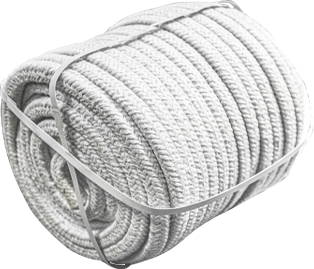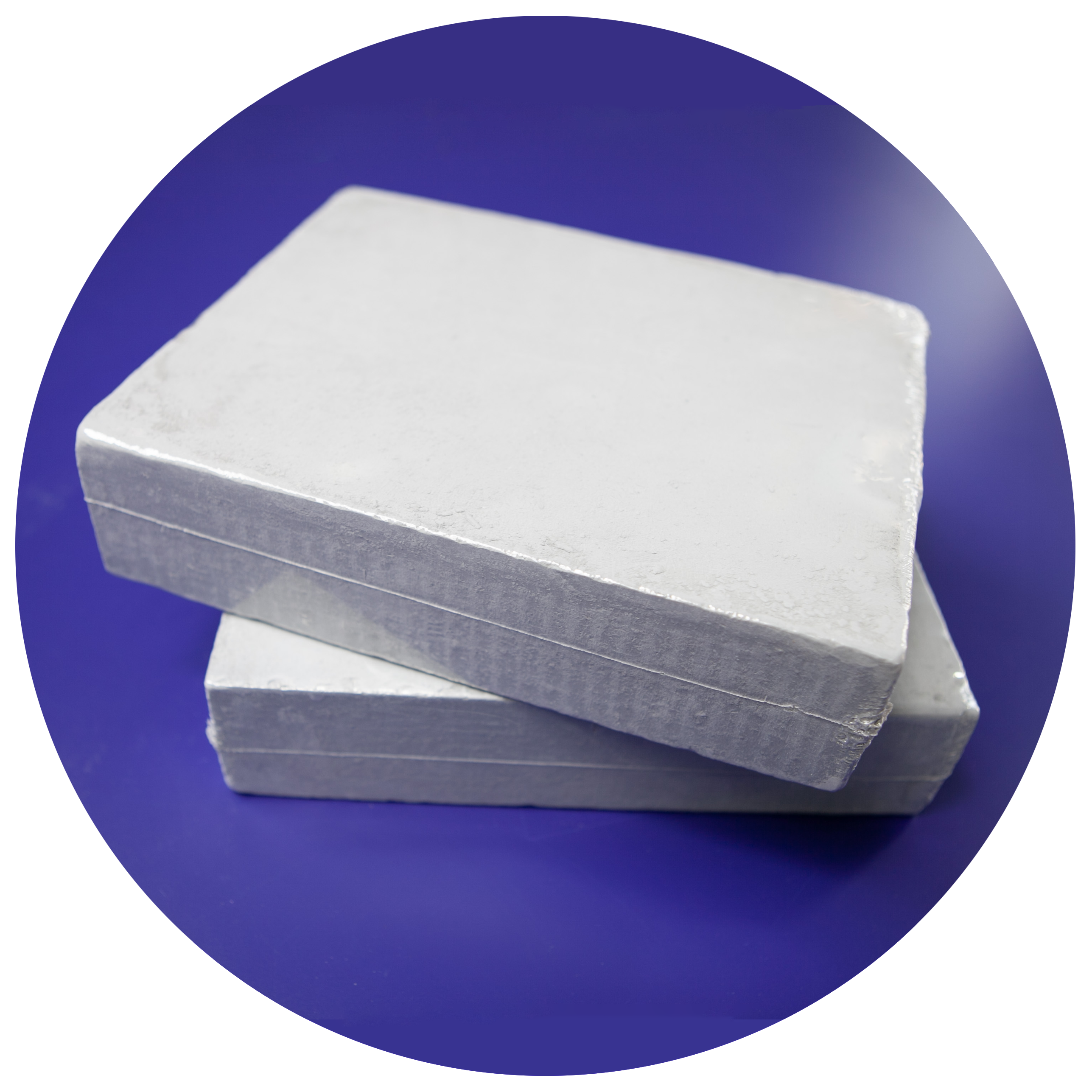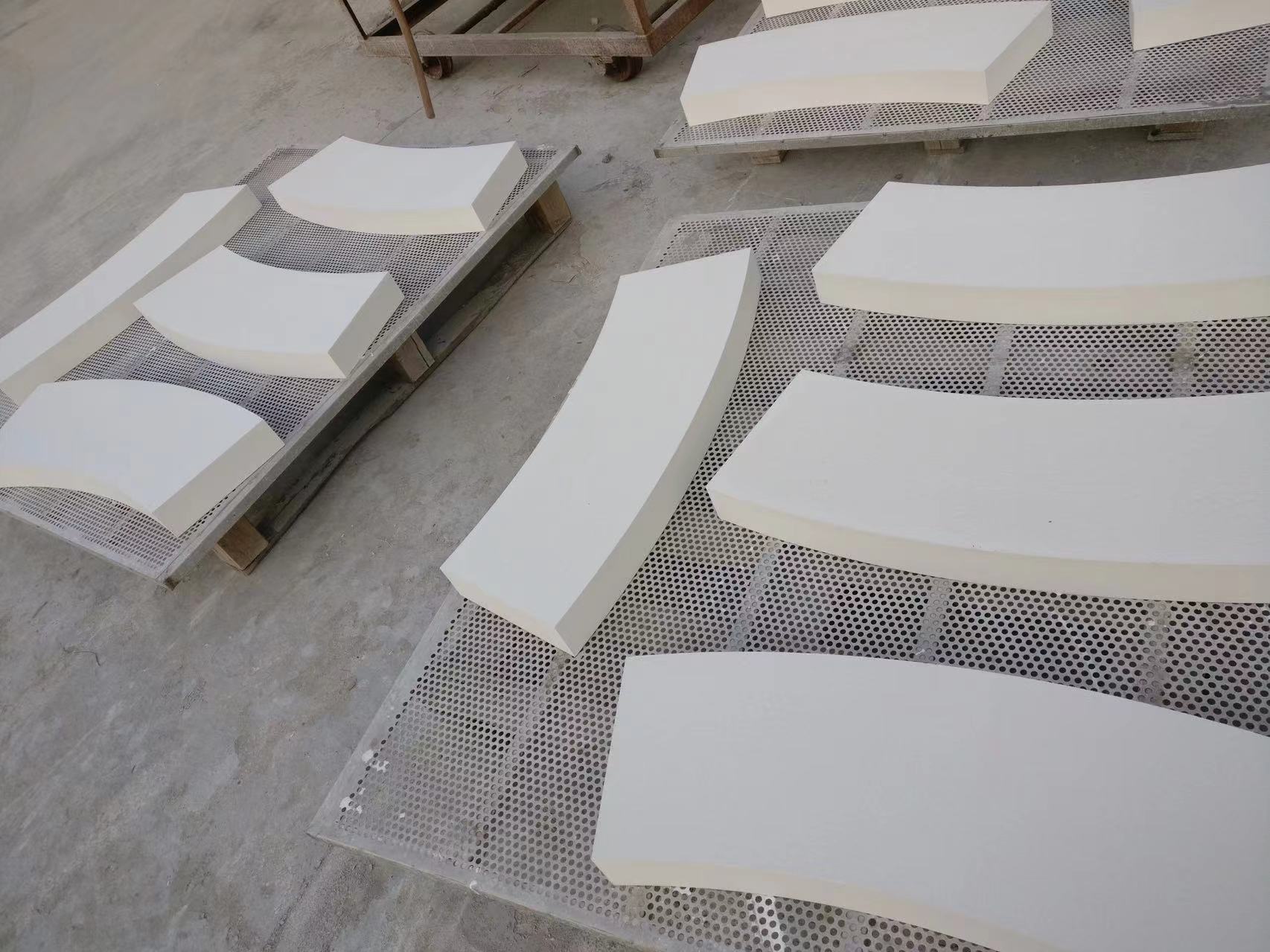In an era where building safety is paramount, understanding the fire resistance of construction materials is non-negotiable. Among insulation options, rock wool board stands out as a champion of passive fire protection. But what is the fire resistance performance of rock wool board? Let's explore why it's globally recognized as one of the safest choices available.
The Core of Safety: Non-Combustibility
The exceptional fire resistance of rock wool board stems directly from its composition. Made primarily from basalt rock and slag, materials formed through volcanic processes, rock wool has an incredibly high melting point – typically exceeding 1170°C (2150°F).
Crucially, rock wool is non-combustible. Unlike many foam or polymer-based insulations, rock wool board does not burn. It doesn't contribute fuel to a fire, doesn't produce flaming droplets that spread flames, and doesn't release significant volumes of toxic smoke at the early, critical stages of fire development.
Top-Tier Fire Classifications
This inherent safety is formally recognized in rigorous international fire testing standards:
- A1 Classification (EN 13501-1): This is the highest fire rating under the European standard. Materials classified as A1 are deemed "non-combustible" and make no contribution to fire whatsoever. Rock wool boards consistently achieve an A1 fire rating.
- Class A / ASTM E136 (ASTM Standard): In the United States, materials like rock wool that demonstrate non-combustibility under specific test conditions (ASTM E136) are often rated as Class A (Fireproof) – the best possible rating. They meet the requirements of the International Building Code (IBC) and National Fire Protection Association (NFPA) standards for non-combustibility.
- Zero Flame Spread / Low Smoke Development: Tests like the ASTM E84 (Steiner Tunnel Test) or EN 13823 (SBI Test) consistently show rock wool has a flame spread index of 0 (the best possible) and very low smoke developed index (SDI), critical for evacuation and firefighting efforts.
Key Fire Resistance Properties of Rock Wool Board:
- Non-Combustible: Will not ignite or contribute fuel to a fire.
- High Melting Point: Remains structurally stable at extremely high temperatures (>1000°C).
- Acts as a Fire Barrier: Slows down the spread of fire and heat between compartments.
- Protects Structural Elements: Shields steel beams, columns, and concrete from rapid heating and loss of strength.
- Low Smoke Development: Produces minimal smoke compared to combustible alternatives during a fire.
- No Toxic Fumes at Critical Temperatures: Critical for safe evacuation before flashover occurs. (Note: All building materials can produce fumes at very high temperatures encountered in fully developed fires).
Why Fire Resistance Performance Matters in Applications:
- Building Compartmentation: Rock wool boards are essential components in fire-rated walls, floors, and partitions in commercial buildings, industrial facilities, multi-family dwellings, and public spaces. They help contain fires within their point of origin.
- Structural Fire Protection: Used to insulate steel frames or encase structural elements to maintain their integrity and prevent catastrophic collapse during a fire.
- Fire Stopping & Penetration Seals: Rigid rock wool boards are used around service penetrations (pipes, cables) to maintain fire ratings of walls and floors.
- Facade Systems: Properly designed rock wool-based External Wall Insulation Systems (ETICS) significantly improve the fire safety of building exteriors compared to combustible alternatives.
- HVAC & Ductwork: Fireproof rock wool duct insulation prevents fire spread through ventilation systems.
- Critical Infrastructure: Essential in power plants, refineries, tunnels, and transportation where fire safety is vital.
Beyond Fire Resistance: Added Benefits
- Thermal Insulation: While primarily a fire safety material here, its excellent thermal insulation properties (thermal conductivity or k-value typically around 0.035-0.042 W/m·K) are a bonus.
- Acoustic Insulation: Rock wool board also provides excellent soundproofing and sound absorption, contributing to occupant comfort and safety.
- Durability: Resistant to moisture (hydrophobic treatments available) and pests.
- Sustainability: Made from abundant natural and recycled materials.
FAQs on Rock Wool Board Fire Resistance:
- Q: Is rock wool board completely fireproof?
- A: While nothing is truly "fireproof" indefinitely against all fires, rock wool is classified as non-combustible (A1/Class A) meaning it will not burn and will resist fire spread significantly longer than combustible materials, protecting structures and lives.
- Q: What is the fire rating of rock wool board?
- A: Rock wool board typically achieves the highest fire ratings: A1 to EN 13501-1 in Europe and Class A / Non-combustible per ASTM E136 in the US and other regions adopting this standard. Specific products carry certified fire resistance times (e.g., 60, 90, 120 minutes) for compartmentation systems.
- Q: Does rock wool board emit toxic smoke when exposed to fire?
- A: Compared to many combustible insulations, rock wool produces very low levels of smoke at critical temperatures (up to ~600-700°C) crucial for evacuation. Like all inorganic materials, significant fumes are only generated at temperatures well beyond the point of initial fire containment (>1000°C) in fully developed fires.
- Q: Where is fire-resistant rock wool board required in construction?
- A: Critical applications include fire walls, separating floors in multi-story buildings, structural fire protection, service shafts, fire doors, facade systems requiring non-combustibility, and areas demanding high passive fire protection.


